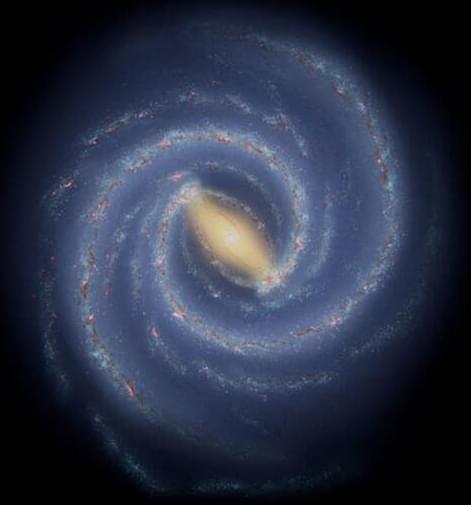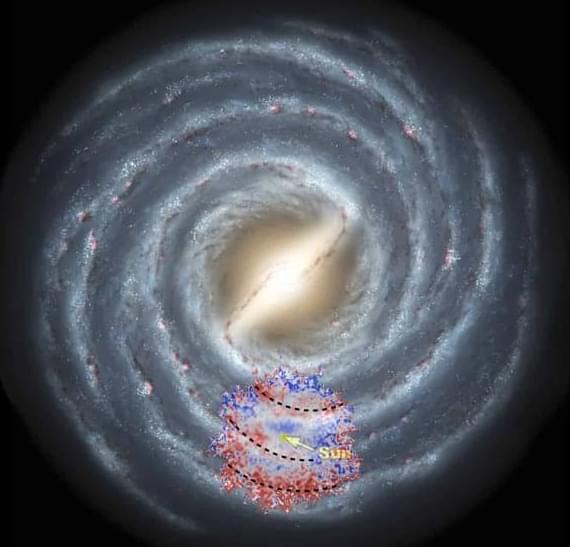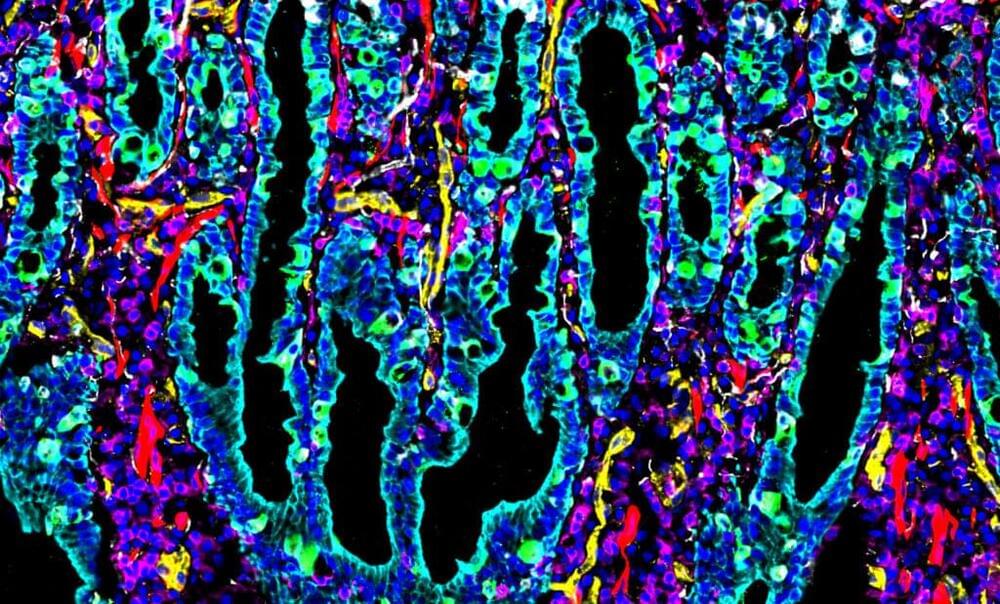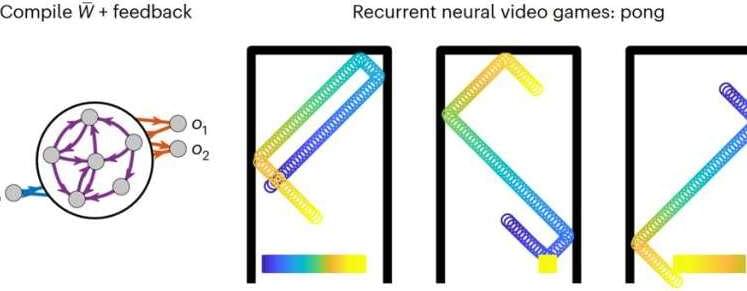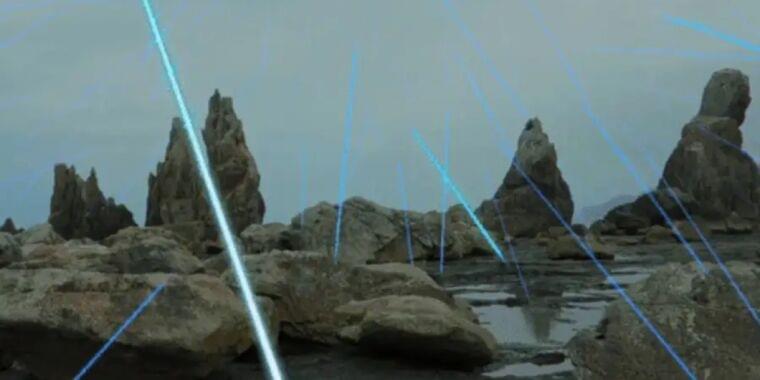A researcher has used the technique of chemical mapping to study the spiral arms of our home galaxy: the Milky Way. According to Keith Hawkins, assistant professor at The University of Texas at Austin, chemical cartography might help us better grasp the structure and evolution of our galaxy.
“Much like the early explorers, who created better and better maps of our world, we are now creating better and better maps of the Milky Way,” mentioned Hawkins in an official release.
NASA/JPL-Caltech.
According to Keith Hawkins, assistant professor at The University of Texas at Austin, chemical cartography might help us better grasp the structure and evolution of our galaxy.
